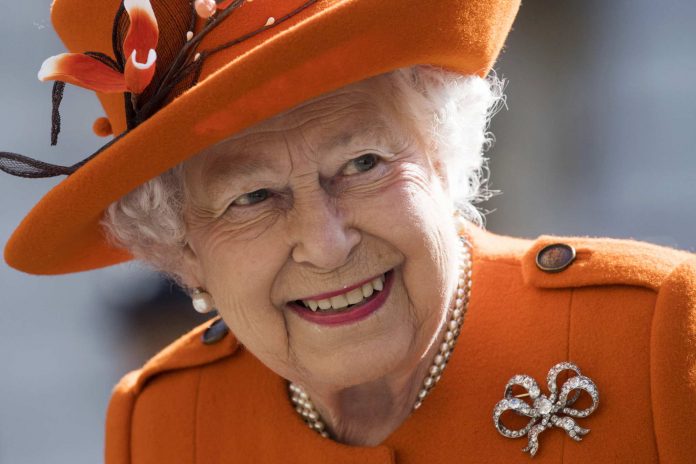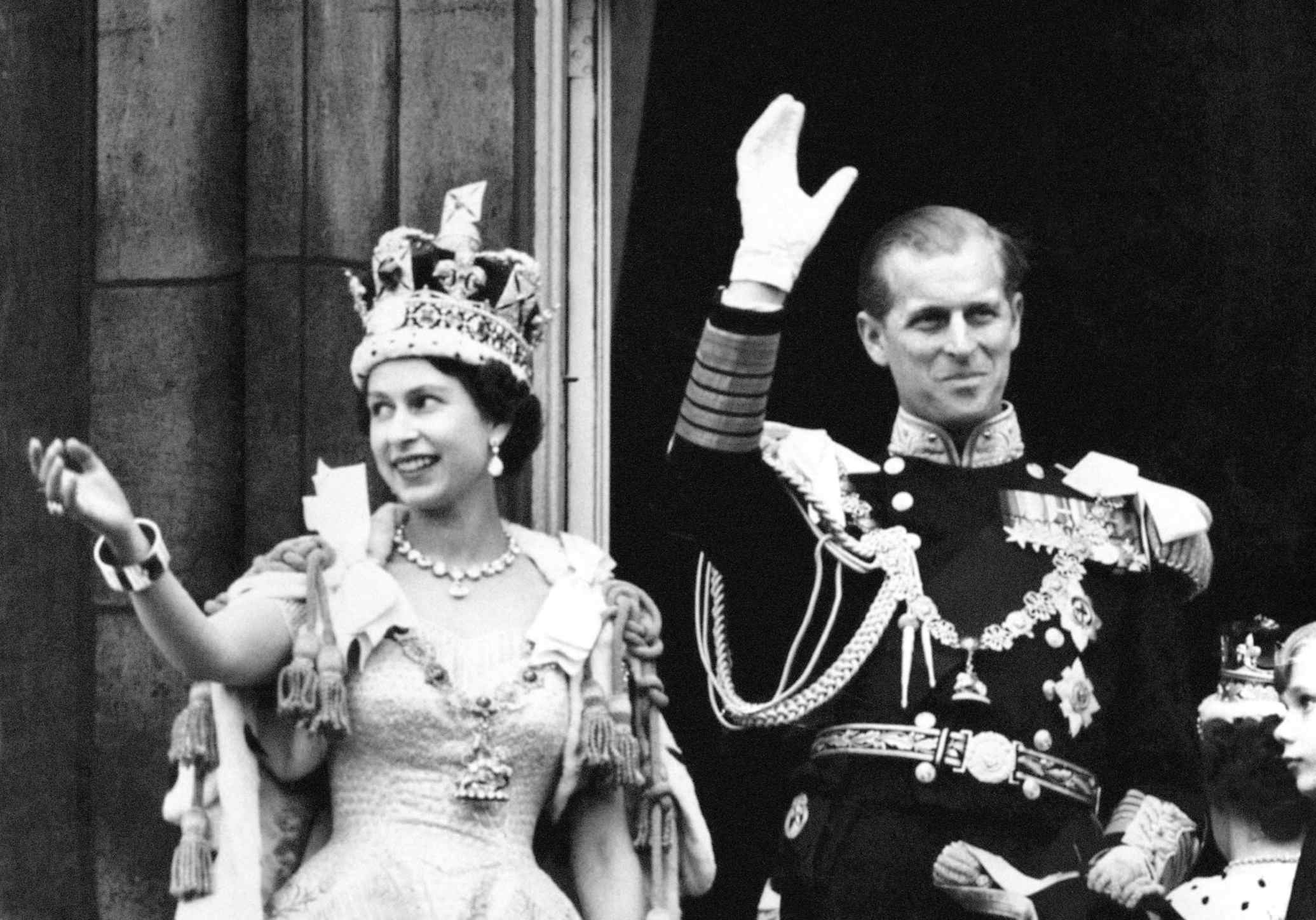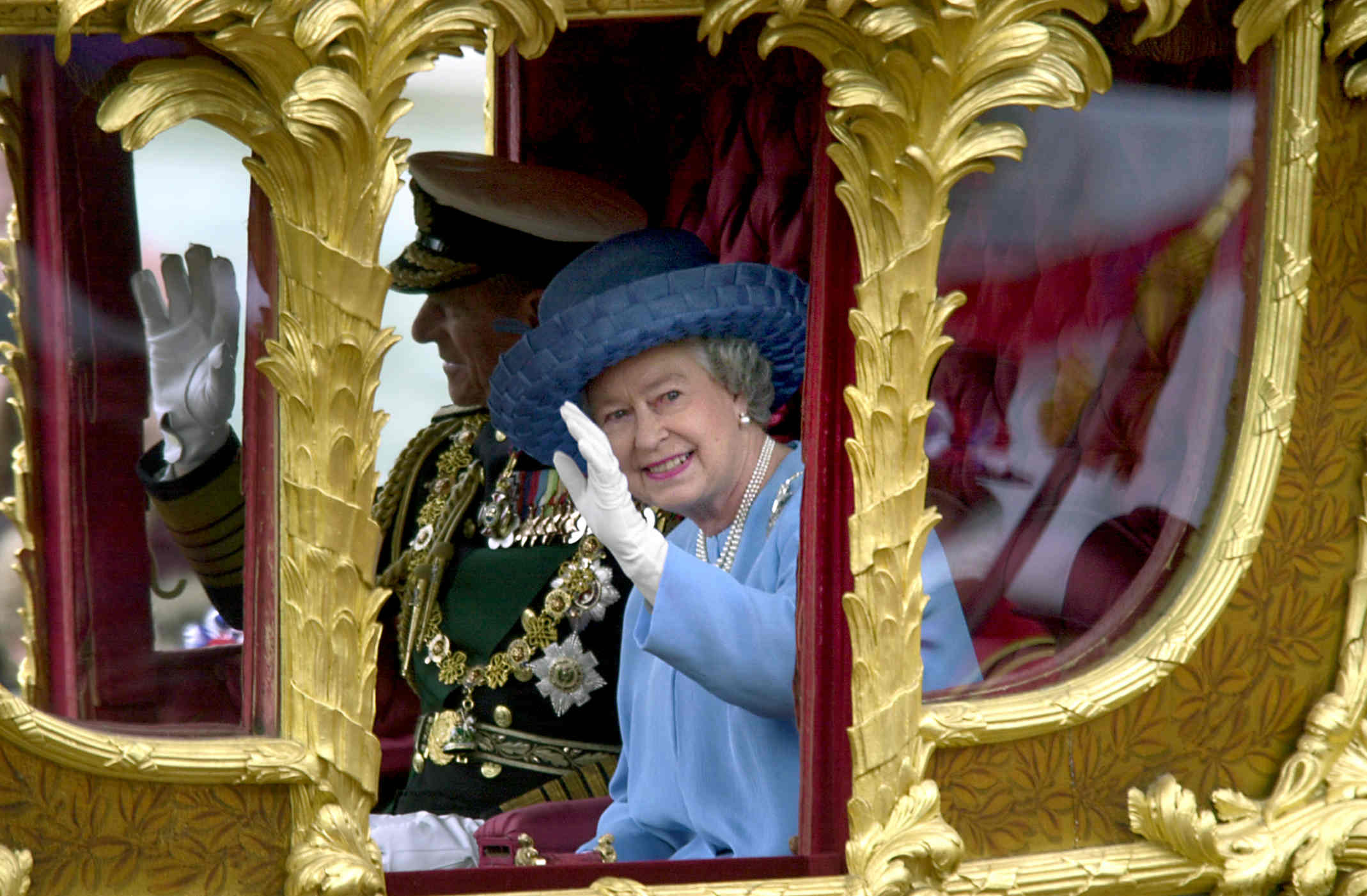Australia has joined much of the world in mourning Queen Elizabeth II, as her death prompts the first change in head of state in more than seven decades.
A statement from Buckingham Palace early on Friday (AEST) confirmed the 96-year-old’s death.
“The Queen died peacefully at Balmoral this afternoon,” Buckingham Palace said.
“The King and The Queen Consort will remain at Balmoral this evening and will return to London tomorrow.”
Prime Minister Anthony Albanese paid tribute to the Queen, who is succeeded by her son King Charles III in a move that is expected to renew Australia’s republican debate.
“An historic reign and a long life devoted to duty, family, faith and service has come to an end,” Mr Albanese said in a statement.
“The government and the people of Australia offer our deepest condolences to the royal family, who are grieving for a beloved mother, grandmother and great-grandmother – the person whom for so long was their greatest inner strength.”
Flags are flying at half mast across Australia, and while the country is not expected to observe an official mourning period for the Queen, a national memorial is expected.
The Prime Minister and Governor-General David Hurley are expected to travel to London for the Queen’s funeral.
Condolence books are being made available for Australians to sign in various states and territories.
Charles immediately became King under constitutional law, when his mother died in Scotland. A formal coronation might not happen for some time.
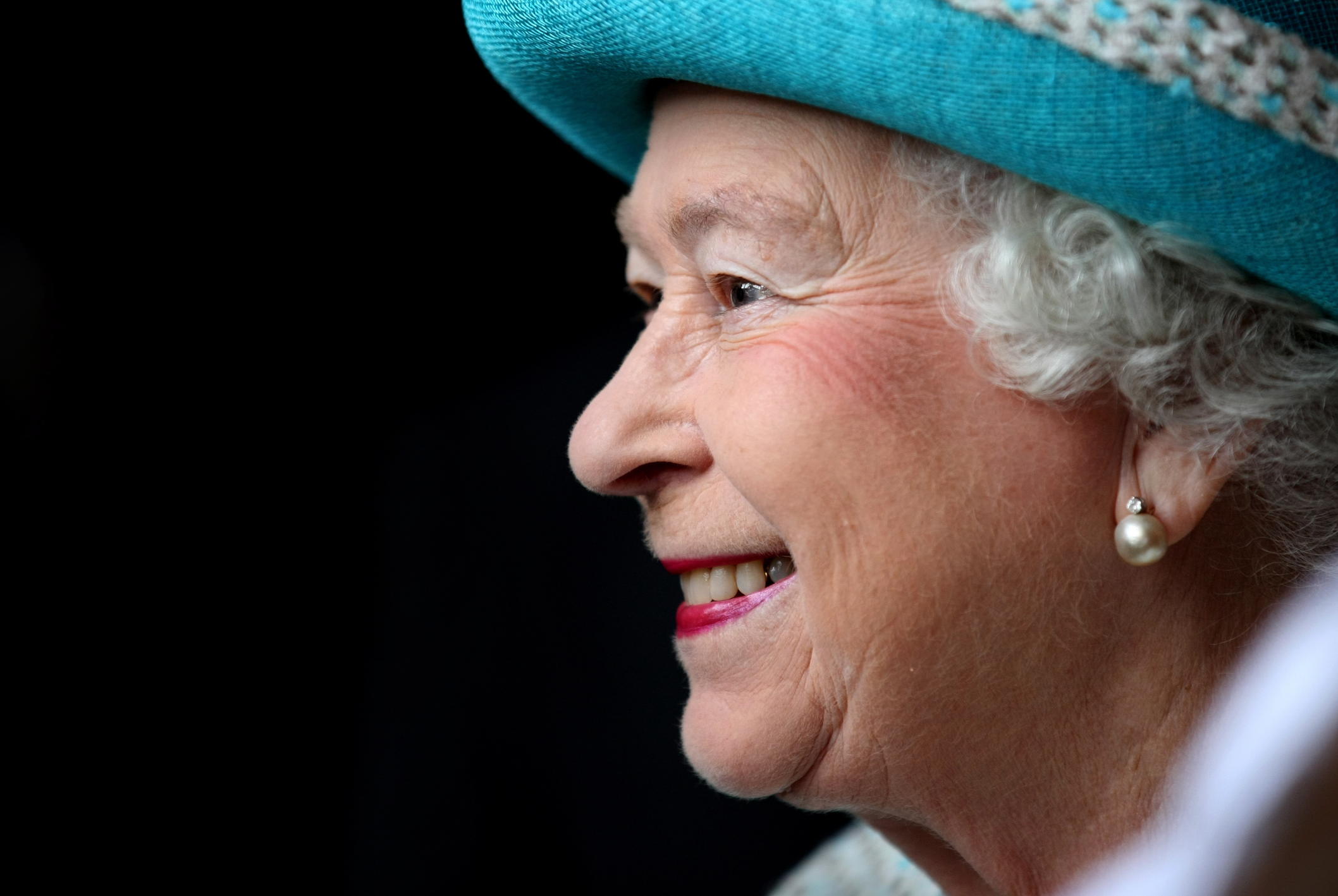
Mr Albanese said that “from her famous first trip to Australia, the only reigning sovereign to ever visit, it was clear Her Majesty held a special place in her heart for Australia”.
“Fifteen more tours before cheering crowds in every part of our country confirmed the special place she held in ours.”
The Queen visited Queensland on many occasions and was on the Sunshine Coast as recently as 2002 when she attended the Commonwealth Heads of Government Meeting (CHOGM) at the Hyatt Regency Coolum.
Mr Albanese praised the Queen’s relationship with Australia and the rest of the world.
“As monarch for more than half the life of our Federation, the relationship between Australia and Britain matured and evolved throughout Her Majesty’s reign,” he said.
“The Queen greeted each and every change with understanding, good grace and an abiding faith in the Australian people’s good judgment.
“This was the deft and diplomatic way she bound the diversity of the modern Commonwealth, nations around the world who will mourn her passing.
“This time of mourning will pass but the deep respect and warm regard in which Australians always held Her Majesty will never fade.”
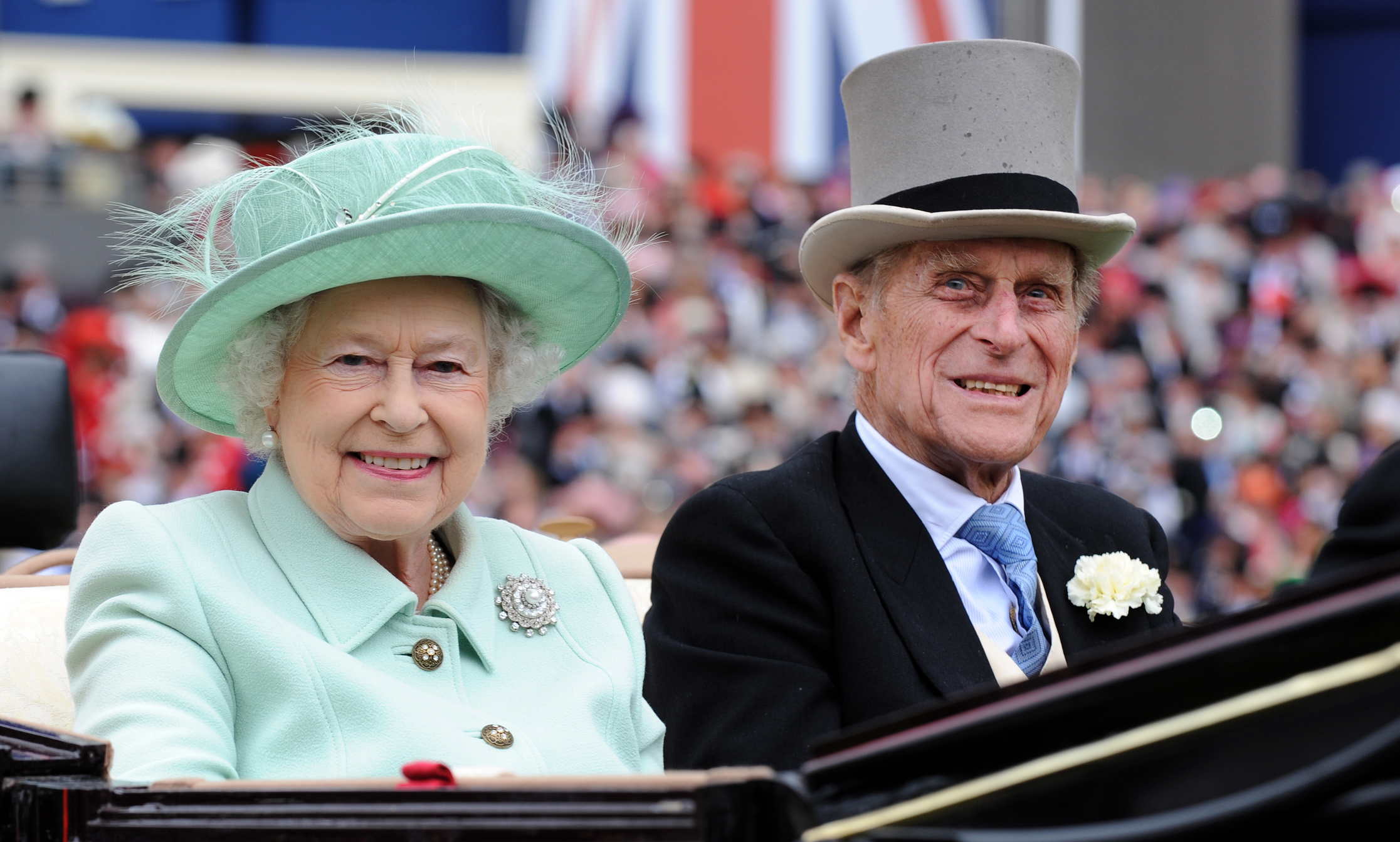
Elizabeth Alexandra Mary Windsor was queen of the UK and 14 Commonwealth realms including Australia, since her reign began in February 1952.
Mr Hurley said Australians should take inspiration from the Queen’s contribution.
“She was a truly remarkable person,” he said in a statement.
“When I reflect on my own memories – she was my Queen for my whole life – I think of Her Majesty’s dignity and her compassion. Her dedication and tireless work ethic. And her selflessness and unwavering commitment to the people that she served. To us.”
Federal opposition leader Peter Dutton was thankful for the Queen’s dedicated service.
“Today, a comforting warmth has left the world. One of humanity’s brightest lights has gone out,” he said.
Acting Primate of the Anglican Church of Australia, Archbishop Philip Freier, said the Queen was much admired and respected by millions of people across the nation.
“As frequent visitor to Australia the Queen had a special place in the hearts of Australians and she leaves behind a truly extraordinary legacy, having touched the lives of so many,” he said.
The Queen’s death is certain to reignite Australia’s republic debate.
Australian Republican Movement chair Peter FitzSimons expressed sadness over the Queen’s death.
“It is unlikely we will ever see a monarch as respected or admired by the Australian people again,” he said in a statement on Friday.
Monarchists said King Charles has been training his entire life for the role.
“Australians can take comfort in the knowledge that their new king will unequivocally continue the longstanding traditions, dutiful service and vital constitutional role which epitomised our late Queen,” Australian Monarchist League chair Philip Benwell said.
Australian Greens Leader Adam Bandt tweeted his respects to the royal family but added “Australia must move forward”.
“We need treaty with First Nations people, and we need to become a republic,” he wrote.
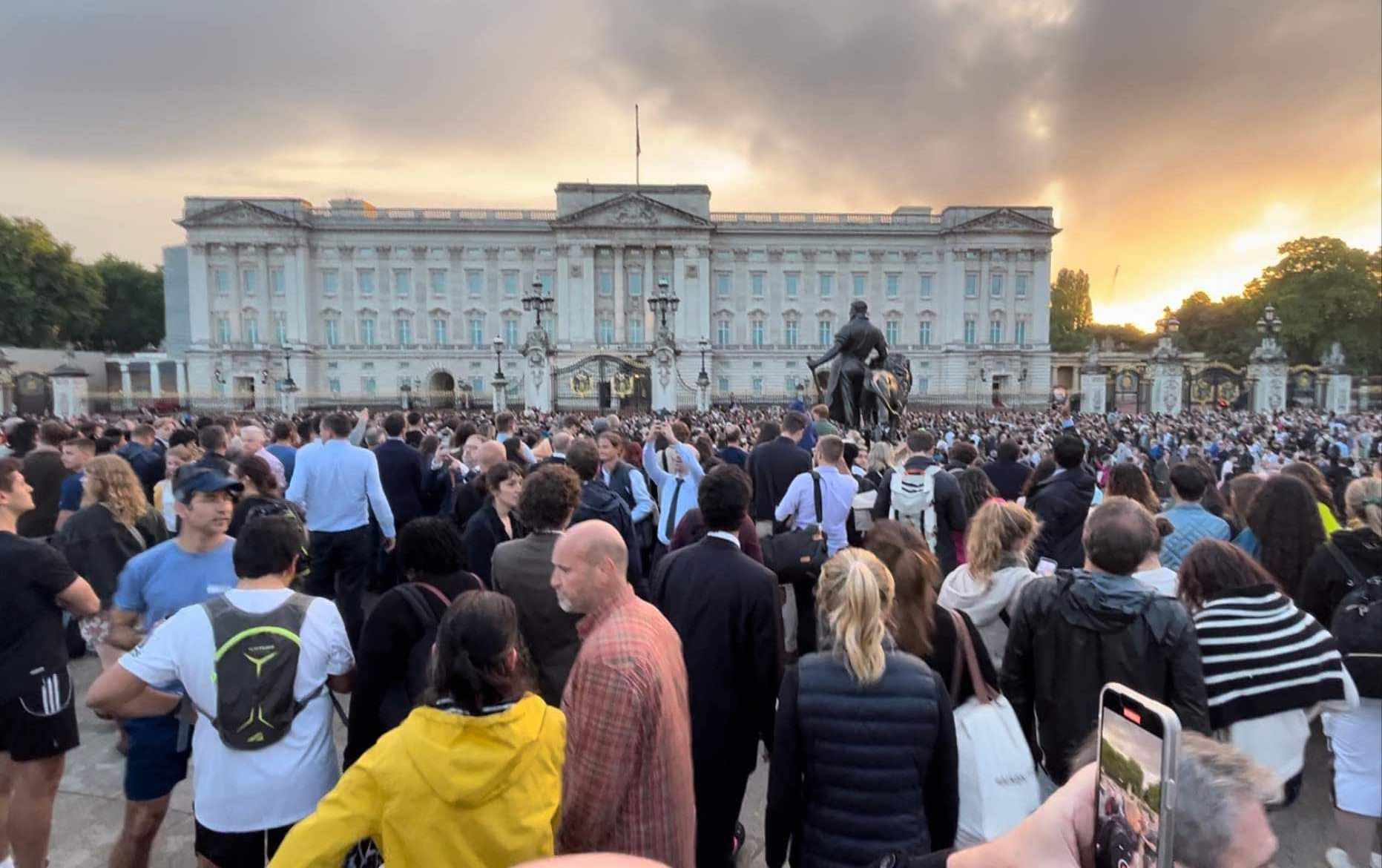
An affinity with Australia
The head of the Commonwealth can’t be seen to have a favourite country, any more than a parent can have a pet son or daughter.
But Australians always nurtured a sneaking suspicion that they were the Queen’s best-loved children, certainly outside her native Britain.
Queen Elizabeth II became the first reigning monarch to visit Australian shores in 1954, just months after her coronation.
Her ties Down Under were long and strong; her grandfather opened Australia’s first parliament in Melbourne in 1901.
She made the long-haul journey no fewer than 16 times in her 70-year reign.
The Queen visited Queensland on eight occasions and was on the Sunshine Coast as recently as 2002, when she and Prince Philip stayed at Twin Waters.
During the Commonwealth Heads of Government Meeting, the Queen booked an overwater lagoon suite at Novotel Twin Waters Resort.
Sunshine Coast Mayor Mark Jamieson issued a statement on Friday, expressing condolences on behalf of the community.
“Sunshine Coast Council, and the residents we represent, today mourn the passing of our much-loved and respected monarch, Her Majesty Queen Elizabeth II,” he said via a statement. “We acknowledge her long life of dedication to duty and service to the United Kingdom and the Commonwealth.
“Many of us will remember with great fondness her visit to the Sunshine Coast in 2002 to open the Commonwealth Heads of Government meeting.”
“Her Majesty embodied and exemplified the principles of public service, compassion and care for everyone she met and her enduring sense of purpose in promoting goodwill, respect and tolerance.”“At this sad time and significant point in history, we extend our deepest condolences to His Majesty the King and the Royal Family and give thanks for the life and service of Queen Elizabeth II.”
Queensland Premier Annastacia Palaszczuk will send condolences on behalf of Queensland to Buckingham Palace.
“It is with great sadness that we learn of the passing of Her Majesty Queen Elizabeth II,” she said.
“Queen Elizabeth was loved and respected, and represented all that was dignified and positive in the Royal Family.
“Her Majesty was a constant reminder of the true meaning of service, integrity and courage, and she was admired around the world, especially here in Queensland.”
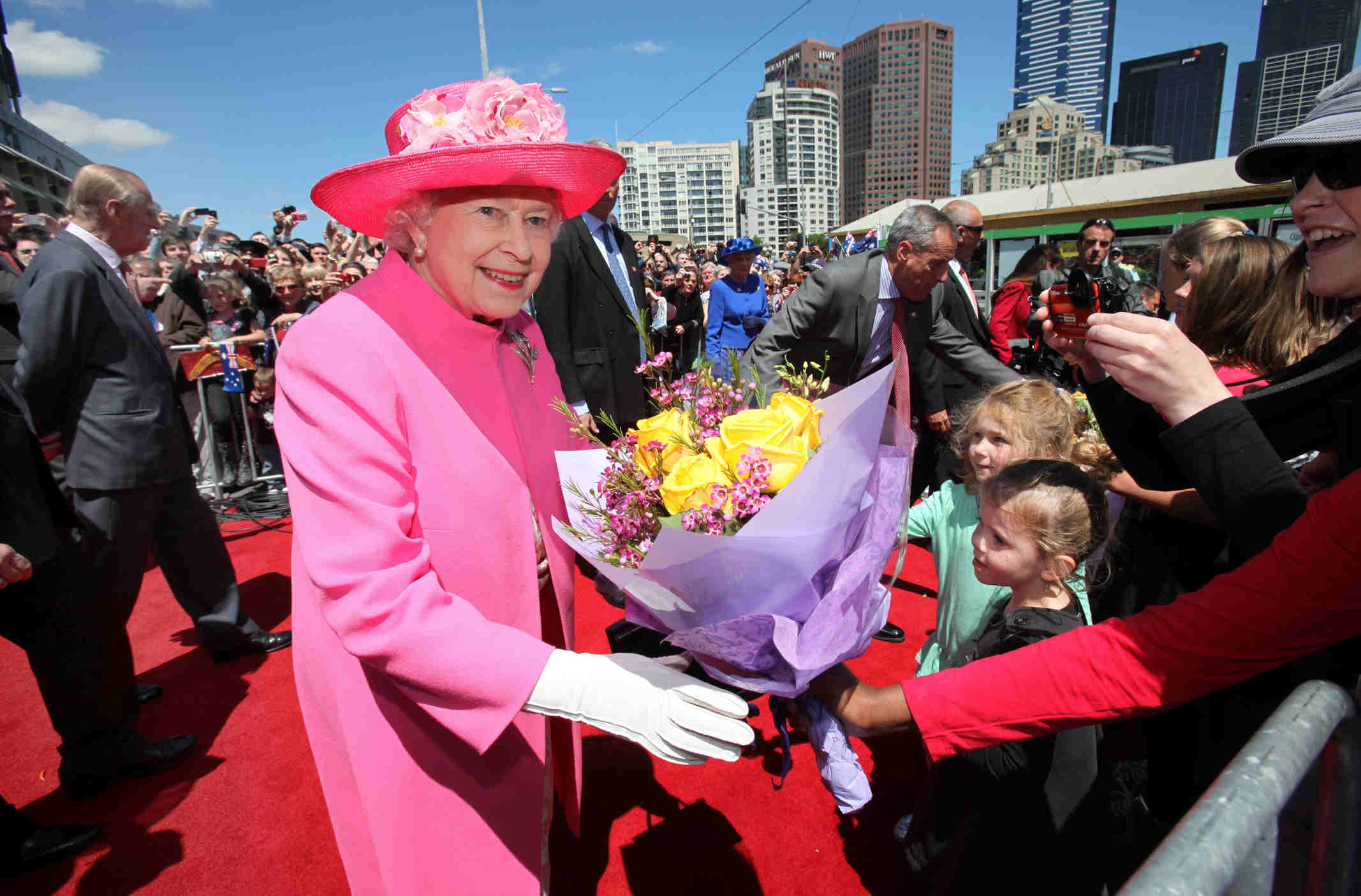
How Australia will observe the Queen’s death
Today
* The governor-general announced the death of Her Majesty The Queen, following advice from Buckingham Palace.
* The prime minister will issue a public statement on television and suspend parliament.
* A gun salute will take place at Parliament House in Canberra at dusk to mark the Queen’s death. It will consist of one round for each year of The Queen’s life at 10 second intervals.
This weekend
- A proclamation ceremony will be held at Parliament House in Canberra. This event is open to the public, subject to any public health restrictions in force at the time.
- The governor-general will read the proclamation on the forecourt of Parliament House. The proclamation will be followed by a 21-gun salute.
- In Australia, there will not be an official mourning period.
- The Australian national flag should be flown at half‑mast until after the day of the funeral in the UK. Direction will be provided to raise the flag for the proclamation.
- Condolence books will be available at Parliament House and Government House in Canberra. Books of condolence will also be open at Government Houses in each state. An online condolence form will also been established on the governor-general and Department of the Prime Minister and Cabinet websites.
- In Canberra, floral tributes may be left at the forecourt of Parliament House and Government House. Each state and territory will make local arrangements for floral tributes. The royal family have noted that instead of leaving floral tributes, Australians may wish to consider making a donation to a charity of their choice.
To be determined
- The funeral of Her Majesty The Queen will be held at Westminster Abbey attended by Australian representatives.
- A national memorial service will be held following the return of the prime minister and governor-general from London.
- States and territories may hold additional memorial services.
- A national day of mourning is declared by the prime minister, coinciding with the national memorial service. One minute’s silence will be observed at 11am.
- Condolence motions will be given in both the House of Representatives and the Senate on their next respective sitting days following the national memorial service.


